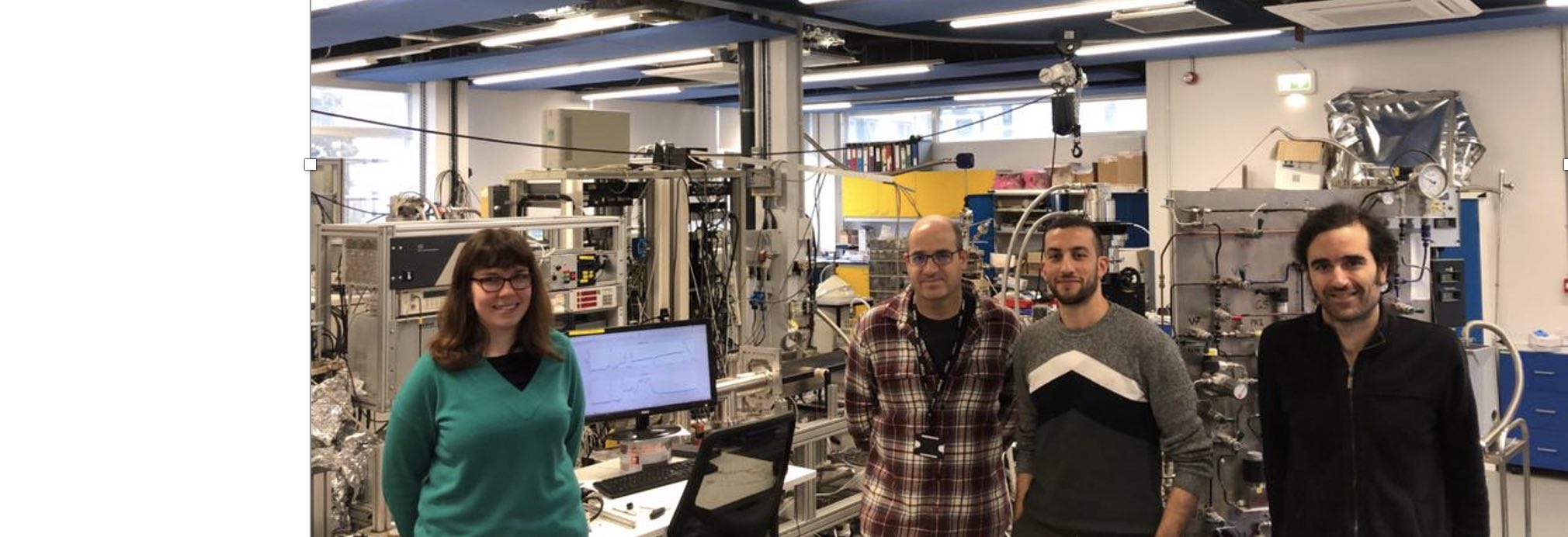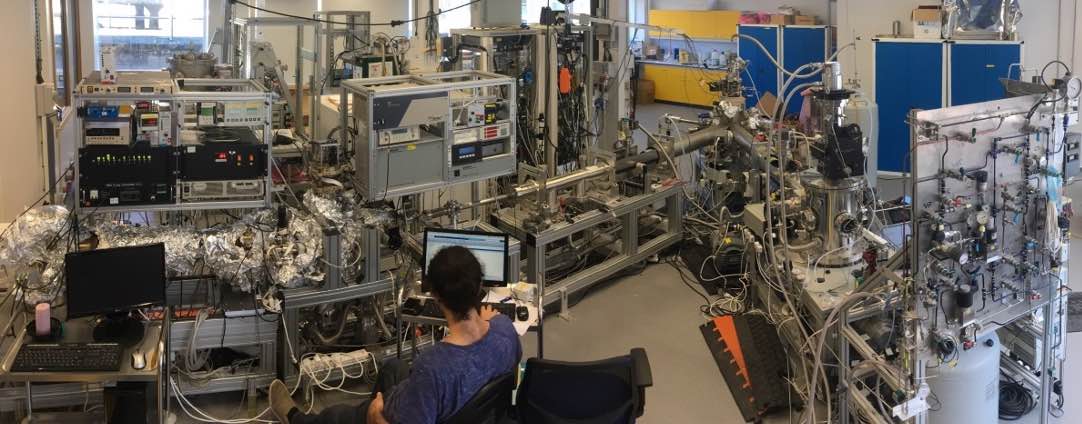About
I studied physics (BSc and MSc Hebrew University, PhD – University of Cambridge) and spent most of my career performing research on the interface between chemistry and physics, studying surface dynamics and gas-surface interactions. A common aspect to the work of my research group, is focussing on research questions which are impossible to study using existing scientific technology, but can be addressed by designing, building and applying new experimental techniques


